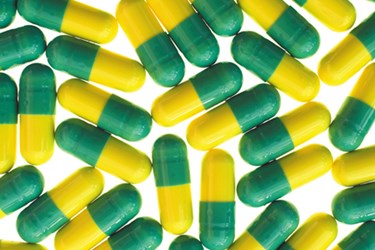FDA Launches Purple Book Of Biosimilars

The FDA has released a first edition of the “Purple book,” which lists biologic products currently licensed by the agency and their interchangeable biosimilars. The “Purple Book” is the biologic equivalent of the “Orange Book,” which was first published in 1980 and performs a similar function for chemical drugs.
Biologics are an increasingly popular direction for clinical research, and the FDA’s move anticipates the approval of many biosimilars in the near future under the direction of the Patient Protection and Affordable Care Act (PPACA), which requires the FDA to release a definition for interchangeable products.
The Public Health Service Act (PHS) defines biosimilarity as a product that is “highly similar to the reference product notwithstanding minor differences in clinically inactive components and that “there are no meaningful differences between the biological product and the reference product in terms of safety, purity, and potency of the product.”
The Regulatory Affairs Professionals Society (RAPS) reports that there is an important distinction between the terms “biosimilar” and “interchangeable.” RAPS explains that, unlike chemical drugs, biologics are almost never identical in structure and establishing interchangeability is significantly more problematic due to manufacturing issues.
According to Kathy Wekselman, director of regulatory and scientific affairs for CTI Clinical Trial and Consulting Services, the key is establishing clinical data supporting the interchangeability.
Wekselman explains, “They’ve said it’s possible, but the drug company would have to show that nothing happens to the patient if you switch them back and forth between the two products. But how the company would show that to regulators remains wide open.”
In a guidance released earlier this year, the FDA explained the importance of such studies and methods that researchers might use to collect data important for establishing biosimilarity and possible interchangeable use.
Regulatory agencies around the world are still establishing how biosimilars are to be viewed and clinically used. RAPS reports that the EMA, for instance, leaves it up to regional regulators, and Health Canada has ruled that interchangeability cannot be established in biologic products and has renamed biosimilars “subsequent-entry biologics (SEB)” to demarcate the difference between generics.
Because there are relatively few biosimilars currently approved for market, the “Purple Book” is a bit thin. It was developed, however, in anticipation of the flood of incoming biosimilar applications expected over the next few years.
